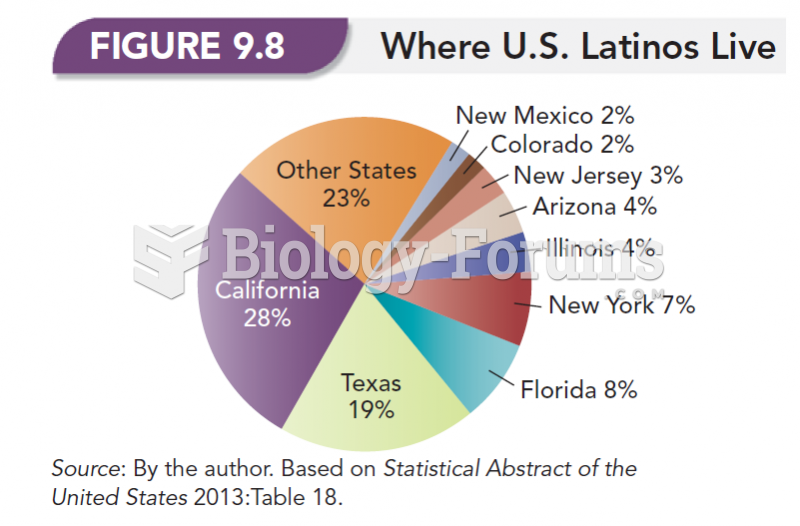|
|
|
Before a vaccine is licensed in the USA, the Food and Drug Administration (FDA) reviews it for safety and effectiveness. The CDC then reviews all studies again, as well as the American Academy of Pediatrics and the American Academy of Family Physicians. Every lot of vaccine is tested before administration to the public, and the FDA regularly inspects vaccine manufacturers' facilities.
Human stomach acid is strong enough to dissolve small pieces of metal such as razor blades or staples.
In the United States, there is a birth every 8 seconds, according to the U.S. Census Bureau's Population Clock.
Increased intake of vitamin D has been shown to reduce fractures up to 25% in older people.
Adolescents often feel clumsy during puberty because during this time of development, their hands and feet grow faster than their arms and legs do. The body is therefore out of proportion. One out of five adolescents actually experiences growing pains during this period.







